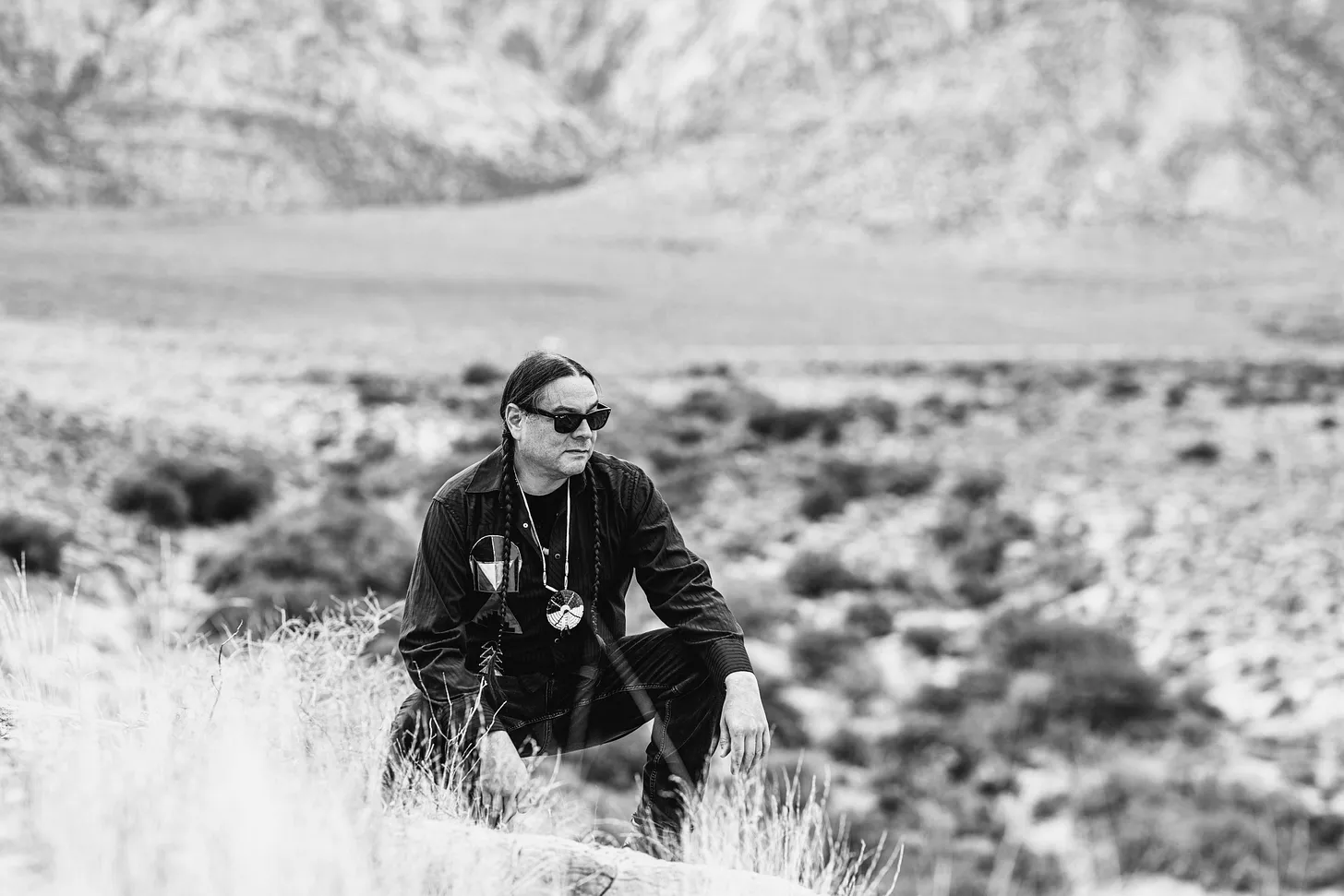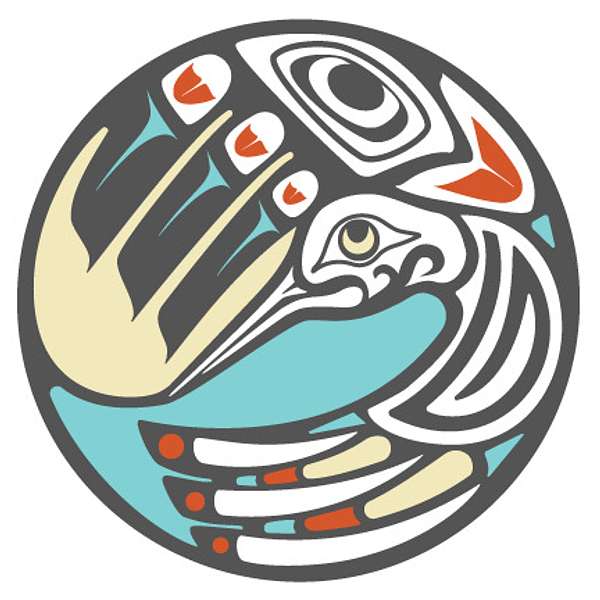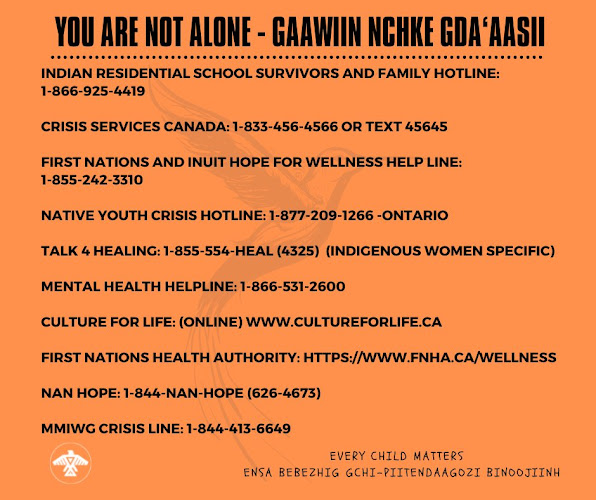reblog from 2019
By
Trace Hentz (blog editor)
FIRST
UP: The New York Times headline June 5, 2019:
Who Can Adopt a
Native American Child? A Texas Couple vs. 573 Tribes
I
posted my comment which became a NYT Pick:
I
am an adoptee and journalist who has documented the history and narratives of
Native adoptees in three Lost Children anthologies. If the Brackeens had done
any research prior, they would know the outcomes for Native adoptees are not
good. Adoption gets pretty ugly when it doesn't work. Once kids are out of
diapers, they start noticing and feel the isolation without kin. There are
medical terms for our damage. The adoption industry will not advertise that
most patients in psychiatric care are adoptees. They don’t warn adoptive
parents their new child will suffer from “Severe Narcissistic Injury” or
“Reactive Attachment Disorder.” This news would not be welcome. LINK
Of
course some readers slam me for using the word "kin" ...or ask how do
I know about the damage we suffer... No shock... I get it: they don't get
it and they don't know the history or the Native adoptees I know
personally... (There were 775 comments before they shut it off today and many
are amazingly correct!)
An
earlier comment from Ellen gets it:
This
country has a long brutal history of removing Native children from their
families with the intent of culture genocide. There is nothing different about
this case. I am sure that the Brackeens are lovely (wealthy) people who care
for Zachary, and the new baby they selfishly wrested from her family. Still, it
does not undo the damage done to the Navajo nation, in losing 2 precious
children, not to mention the damage done to the children in growing up apart
from their culture...while being quite different in appearance from the rest of
this family. But skin color is not the issue - the erasure of culture and sense
of self is.
After
reading the NYT story I am not surprised that the Navajo tribe and the
Brackeens will share custody, as Judge Kim declared, but the Brackeens would
have primary possession. Taking Indian children off the rez and
changing their identity to white and ending their sovereignty and treaty rights
and a connection to tribal lands: the old playbook is the new
playbook.
It
is always about possession.
We
have covered this case on this blog for the past few years. (please look at Goldwater Institute (34+ posts) for more insight
on this case.)
Hundreds
of tribal nations vehemently oppose the lawsuit Brackeen v. Bernhardt
that splits Texas, Indiana, Louisiana and a coalition of conservative legal
groups, including the Goldwater Institute, against the federal government,
hundreds of tribal nations, 21 state attorneys general, Native American civil
rights groups and child welfare organizations, including the Annie E. Casey
Foundation and the Children’s Defense Fund.
The
NYT story reports:
So
much remains suspended.
The
decision about the act’s fate from the Court of Appeals for the
Fifth Circuit is imminent.
The
Navajo are appealing Judge Kim’s custody order.
What
about the BRACKEENS:
Potential
Adoptive Parents (PAPS) Chad and Jennifer Brackeen might want to learn Navajo
history during this lengthy court battle in Texas. (Try this one in 2011: Illegal aliens? Deported adoptees?)
The
total population of the Navajo people residing in their land is
approximately 180,462 having a median age of 24 years old. Navajo Nation is situated over a 27,000 square
miles of large land within the vicinity of the state of Arizona, Utah and New
Mexico. It is considered to be the largest land that is primarily covered by
the jurisdiction of the Native American within the territory of the United
States.
What
most people don't know: The Navajo are survivors of a barely-known Mormon
assimilation program from 1947 to the mid-1990s.
Year
after year, missionaries of the Church of Jesus-Christ of Latter-day Saints
approached Navajo families and invited children into Mormon foster
homes. As part of the Mormon Indian Student Placement Program,
children would live with Mormon families during the school year to “provide
educational, spiritual, social, and cultural opportunities in non-Indian
community life,” according to the Church.
Typically,
the Mormon foster families were white and financially stable. Native
American children who weren’t already Mormon were baptized. Although the
LDS Church reached out to dozens of Indian tribes, most participants’ families
lived within the Navajo Nation.
Roughly
50,000 children participated in the Mormon Indian Student Placement Program,
according to Matthew Garrett, a professor at Bakersfield College.
Rather
than improving conditions on the Navajo reservation, the LDS Church asked that
children assimilate to the way its white members lived.
Some Church leaders interpreted the Book of Mormon literally and expected that
Native American children’s skin would turn lighter as they grew closer to
God.
The Church now admits that not all Native Americans are descendants of the
Israelites, or Lamanites, as described in the Book of Mormon. (Oh
really, thanks)
SOURCE:In addition to the claims of damage done by sexual abuse, the lawsuits involving the Indian Student Placement Program assert that the culture of the Navajo Nation was “irreparably harmed” by the LDS Church’s “continuous and systematic assimilation efforts.” Although the last student in the Indian Student Placement Program graduated in 2000, plaintiffs are asking the Church to do all it can to enhance and restore Navajo culture and create a taskforce for that purpose.
Why Several Native Americans Are Suing the Mormon Church
Participants in the Church-sponsored Indian Student Placement Program have filed at least three sexual-abuse lawsuits. Lilly Fowler
***
Practices
of adopting Native American children directly followed the residential/boarding
schools. Such adoption practices, which came into fruition through forms
such as the forced removal of Native American children during Canada’s 60s
Scoop and its parallel in the United States, the Indian Adoption Projects,
exemplify the adaption of adoption as a settler colonial tool for dispossession
and disenfranchisement.
***
Narragansett
author John C Hopkins wrote about his Navajo mother in law on his blog:
Chilocco Indian School opened in 1884 with 123 students. Its
first graduating class was comprised of six boys and nine girls. The school
finally closed its doors in 1980. The name Chilooco comes from the Choctaw word
“chiluki” and the Cherokee word “tsalagi,” which means “cave people” in both
languages.
A long, hard-used tarred road turns off Route 166 and ends
where the abandoned, ivy-covered stone buildings stand in disrepair haunted by
the ghosts from memories past.
Bernice Austin-Begay, a Navajo, recalled the long ride down
the road when she was a child returning to school after a rare family visit.
“I’d be sad because I knew it would be a long before I would
see them again,” Austin-Begay, Class of 1965, said. “I’d be thinking about my
family, thinking about my sheep.”
Austin-Begay was 10 when she was first taken to Chilocco.
More than 50 years later she still recalls the day the government agents came
to Black Mesa, Ariz. and took her away.
“I was captured,” she said.
Many Indian families resented how the government swooped in
and took the children away from their families and did all they could to thwart
the Bureau of Indian Affairs. Austin-Begay’s family was one of those. Whenever
her mother saw a car coming up the road she would send Bernice running, to hide
in the hills until the “biliganas” left. (Biligana is the Navajo
word for white man)
But one day the car arrived unexpectedly and young Bernice
never reached the woods.
“I was too slow,” Austin-Begay said.
**
'CATASTROPHIC AND UNFORGIVABLE'
Starting in 1958, the Indian Adoption Project placed Native American children in non-Native homes, in what it said was an effort to assimilate them into mainstream culture and offer them better lives outside impoverished reservations.
The project was run by the U.S. Bureau of Indian Affairs, a federal government agency, and the nonprofit Child Welfare League of America, in partnership with private agencies.
Starting in 1958, the Indian Adoption Project placed Native American children in non-Native homes, in what it said was an effort to assimilate them into mainstream culture and offer them better lives outside impoverished reservations.
The project was run by the U.S. Bureau of Indian Affairs, a federal government agency, and the nonprofit Child Welfare League of America, in partnership with private agencies.
There was a reason Indian leaders went to the Senate
in the 1970s and demanded an inquiry into the staggering number of children
disappearing in Indian Country. It was not just boarding schools creating this
mass exodus of children. Adoption programs in 16 states removed 85% of
Native children. Programs like the Adoption
Resource Exchange of North America (ARENA), established by the Child Welfare
League of America in 1967, funded in part by the Bureau of Indian Affairs, paid
states to remove children and place them with non-Indian adoptive families and
religious groups like the Mormon Church. ARENA expanded to include
all Canadian and United States adoption agencies and offered them financial
assistance.
ICWA (the Indian Child
Welfare Act) prioritizes placing Native children into Native homes or
with kin or with families that are willing to keep them within a certain proximity to their
cultures.
***
Associate Attorney General Tony West
Delivers Remarks at the National Indian Child Welfare Association’s 32nd Annual
Protecting Our Children Conference ~ Monday, April 14, 2014
"...There's more work to do because
every time an Indian child is removed in violation of ICWA, it can mean a loss
of all connection with family, with tribe, with culture. And with that
loss, studies show, comes an increased risk for mental health challenges,
homelessness in later life, and, tragically, suicide."
Battle Pits Native American Tribes Against White Couple Over Adoption of Native Child in Case With Potential Affirmative Action Implications
THE ROOT(to be continued)























No comments:
Post a Comment
Please: Share your reaction, your thoughts, and your opinions. Be passionate, be unapologetic. Offensive remarks will not be published. We are getting more and more spam. Comments will be monitored.
Use the comment form at the bottom of this website which is private and sent direct to Trace.